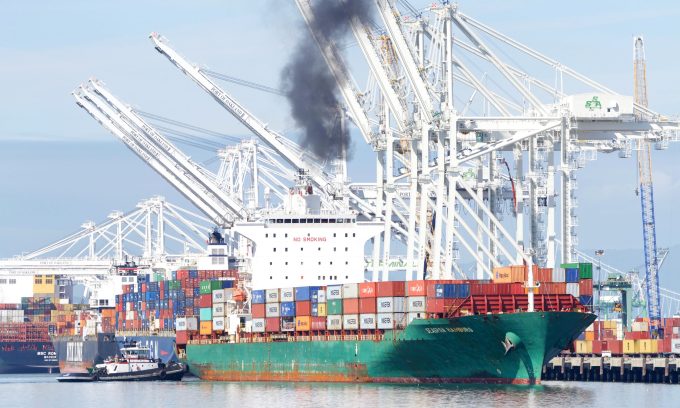Cargolux eyes move into SAF production and distribution
Cargolux is looking to expand its business activities, including getting into the production and distribution ...

Shipping associations are putting pressure on IMO to drastically amend its Carbon Intensity Indicator (CII) instrument at the September MEPC, saying that currently it has “unintended consequences”, contradictory to its aims.
The CII requires shipowners to collect data for an annual ranking of ship efficiency, between A and E, with E being the worst.
However, shipping associations BIMCO, Intercargo, CLIA, InterManager, ICS and Intertanko have signed a policy statement calling for the urgent amendment of the “one-size-fits-all” instrument, saying it has ...
Trump tariffs see hundreds of cancelled container bookings a day from Asia
'Disastrous' DSV-Schenker merger would 'disrupt European haulage market'
'To ship or not to ship', the question for US importers amid tariff uncertainty
'Chaos after chaos' coming from de minimis changes and more tariffs
List of blanked transpac sailings grows as trade war heats up and demand cools
EC approves DSV takeover of DB Schenker
Shippers in Asia restart ocean shipment bookings – but not from China
Forto 'sharpens commercial priorities' as it lays off one-third of staff
India withdraws access for Bangladesh transhipments, in 'very harmful' decision
'Tariff hell' leaves industries in limbo – 'not a great environment to plan'
IndiGo fleet expansion plan will include a major push to boost cargo volumes
Pre-tariff rush of goods from US to China sees air rates soar, but not for long

Comment on this article